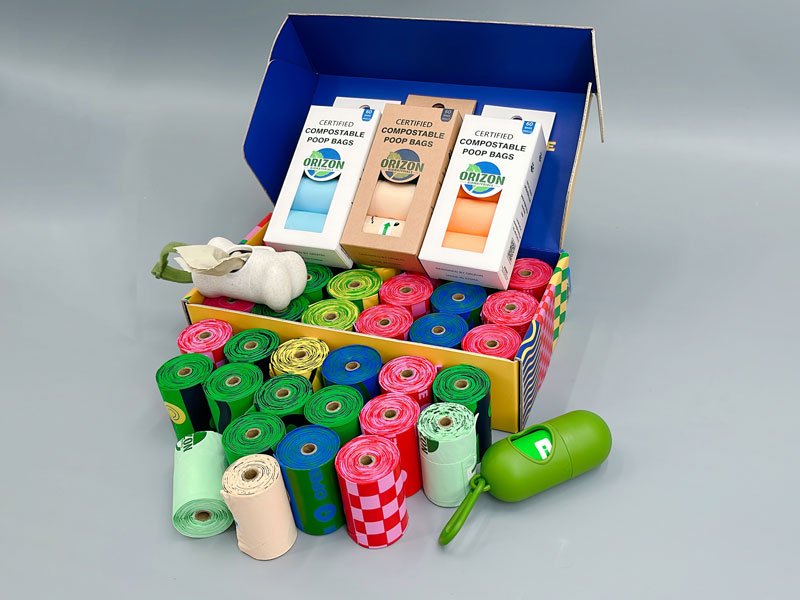Wholesale BPI/OK Certified Compostable Bin Liners
Eco-friendly, durable, and customizable liners for businesses. Trusted China manufacturer with 16 years of expertise
Why Choose OrizonBio Compostable Bin Liners?
BPI & OK Compost certified, meets ASTM D6400 standards.
Made from non-GMO cornstarch, PFAS-free
Custom printing for private labels, low MOQ.
Fast global shipping, reliable supply chain.
Wholesale Custom Compostable Bin Liners 4l-240l
Orizon compostable bin liners are all BPI certified. We can provide OEM customization for our customers
- Customization: Sizes, thickness, and colors tailored to your needs
- 100% compostable
- 100bags/Rol/Box Customizable
Compost Bin Liners Features & Benefits (OEM Capabilities)
Sizes, thickness, and colors tailored to your needs
Logo printing and branding for a unique touch
Flexible packaging options (bulk, retail packs, custom designs)
100% compostable, biodegradable materials
Certified for home and industrial composting (EN 13432, ASTM D6400)

ECO biodegradable bin liners specifications
Product name | Compost Bin Bags |
Material | PBAT+PLA+CORN STARCH |
Handle | Vest handle or flat or Drawstring |
Usage | Garbage or Trash |
Size | Standard size or custom |
Application | Supermarkets, markets, shops for shopping and promotion |
Color | White,clear,black,red,blue or as your customized |
Logo | Custom |
Thickness | Standard or custom |
Printing | Customers’requirements |
Features | 1. Different size, design, color are available. |
2.Disposable,Waterproof,Dustproof,Lightweight,economical. | |
3. Debossed or embossed are welcome. | |
4. OEM orders and small orders are welcome. | |
5. All registered characters/logos/trademarks are shown for reference purpose only. |
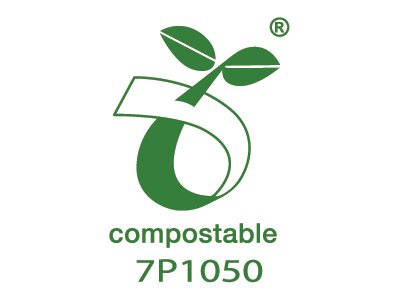



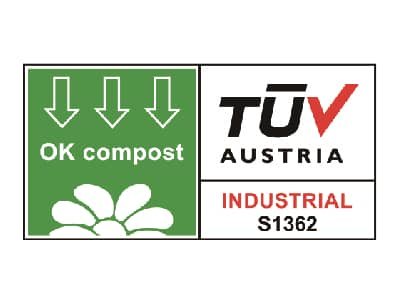

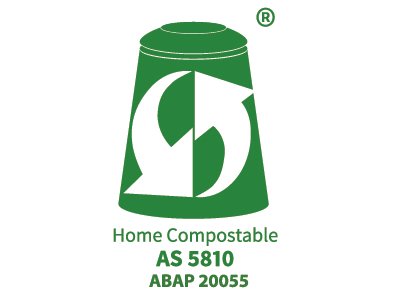
compostable bags for green bin Certification
- EU EN13432, OK Compost;
- Australia AS4736 AS5810
- US BPI (ASTM D6400)
- ther international standards certification.
China compostable bin liners factory and manufacturers
With 16+ years of expertise, ORIZON is your trusted China-based OEM/ODM partner for certified compostable bags. We manufacture high-performance garbage bags, pet poop bags, mailers, apparel bags, produce bags, and more, offering fully customized solutions.
Our products meet rigorous global standards, holding BPI, OK Compost (Industrial & Home), and European certifications. Rely on our robust infrastructure – a 20,000 sqm factory, 16 professional lines, and stringent ISO 9001 quality management – for top-tier, internationally compliant compostable bags tailored to your brand.





FAQ
Are these liners suitable for home composting?
Yes, our OK Compost Home certified liners decompose in home compost systems within 6-12 months.
What is the minimum order quantity?
MOQ starts at 500 units, with custom options available.
Where to Buy Compostable Bin Liners
- Major Supermarkets & Grocery Stores: Most large chains (like Tesco, Sainsbury’s, ASDA in the UK; Woolworths, Coles in Australia; Kroger, Safeway, Whole Foods in the US) stock compostable caddy liners in their cleaning supplies or bin bag aisles. Look for brands specifically labeled “compostable.”
- Hardware & DIY Stores: Stores like B&Q, Homebase (UK), Bunnings (Australia), Home Depot, Lowe’s (US) often carry larger compostable bin liners suitable for garden waste or bigger bins.
- Online Retailers:
- Amazon: Offers a vast selection from numerous brands, allowing for easy comparison and bulk buying. Search for “compostable bin liners,” “kitchen caddy liners compostable,” or specific sizes (e.g., “5L compostable bags”).
- Specialist Eco Stores: Websites dedicated to eco-friendly products (like Ethical Superstore, Big Green Smile in the UK, or specialized zero-waste online shops globally) often have a curated selection, sometimes featuring smaller or independent brands.
- Discount Stores: Stores like Wilko (UK), Dollar Tree/Dollar General (US), or The Reject Shop (Australia) may stock basic compostable liners at lower price points. Check the certifications carefully.
- Zero Waste / Refill Stores: Many local independent eco-stores stock compostable liners, often prioritizing brands with strong environmental credentials.
- Local Councils: Some local authorities or councils provide an initial roll of compostable caddy liners when they introduce food waste collection schemes. They might also recommend specific suppliers or even sell rolls directly.
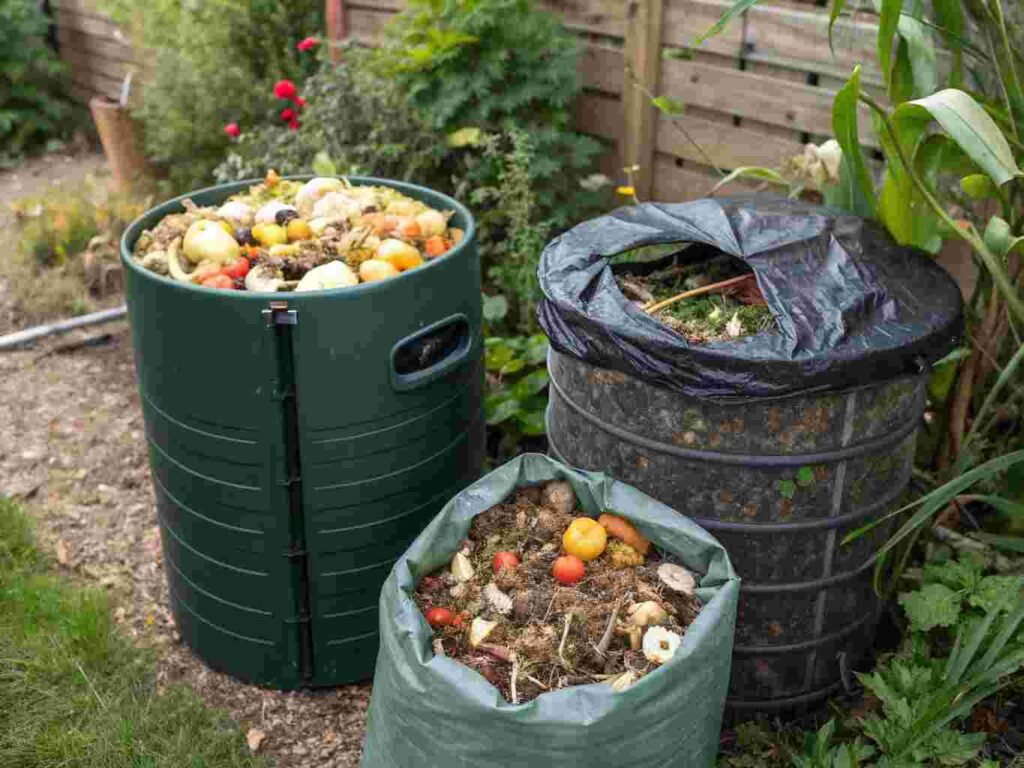
How to Make a Compost Bin Liner out of Newspaper
The Benefits:
- Reduce Plastic Waste: They are designed to break down, unlike traditional plastic liners which persist for hundreds of years.
- Made from Renewable Resources: Typically made from plant starches (like corn starch – PLA) or other renewable biomass.
- Aid Composting: They break down along with your food waste in a properly managed composting environment (industrial or sometimes home composting, check the label). This keeps the composting process cleaner and easier.
- Divert Food Waste from Landfill: By making food waste collection easier, they encourage diversion from landfills where organic waste produces methane (a potent greenhouse gas).
The Caveats (Crucial Considerations):
- Need Correct Composting Conditions: Most compostable liners require the high temperatures and specific microbes found in industrial composting facilities (used by council food waste collections). They may break down much slower, or not fully, in a typical home compost bin or landfill.
- Certification Matters: Look for certifications like EN 13432, ASTM D6400, TÜV AUSTRIA OK compost HOME, or BPI Certified Compostable. These guarantee they meet specific standards for disintegration and biodegradation under defined conditions. “Biodegradable” alone is often a meaningless term without these standards.
- Landfill Issues: If compostable liners end up in landfill (lacking oxygen), they can break down anaerobically and potentially release methane, similar to food waste itself. They don’t solve the problem if not actually composted.
- Resource Intensive: Producing PLA (corn starch) liners still requires agricultural resources (land, water, energy).
Conclusion: Compostable bin liners are better than traditional plastic liners if they are correctly composted through an appropriate system (usually industrial/council collection). They are not a magic bullet and are less ideal than going liner-free if possible, but they are a significant improvement over conventional plastic when used as intended.
Are Compostable Bin Liners Better for the Environment
Steps:
Roll out the newspaper: Unfold two sheets of newspaper and lay them flat on a table. If your box is small, one sheet of two sheets will suffice; for larger boxes, unfold two sheets of two sheets so they overlap slightly.
Find a mold (optional but helpful): Use a box, container, or even your actual compost box (if clean) that is roughly the same size and shape as the liner you want. Place it upside down in the center of the newspaper.
Fold the sides: Hold the long edge of the newspaper against the side of the mold/box.
Fold the ends:
Take one of the shorter ends. Fold the top corners down to form two triangles, just like wrapping a present.
Fold the entire lid (which now has a pointy end) over the side of the mold/box.
Repeat this on the other short end.
Tuck and secure: Fold the top of the newspaper (which sticks out above the mold/tray) into the liner you formed. This helps keep the shape and form an edge.
Remove the mold: Carefully lift your box/container/tray out. You should have a free-standing newspaper liner.
Place in tray: Gently place the homemade liner inside your kitchen compost tray.
Pros: Free, uses recycled materials, fully compostable (inks are usually soy-based and safe), absorbs some moisture.


